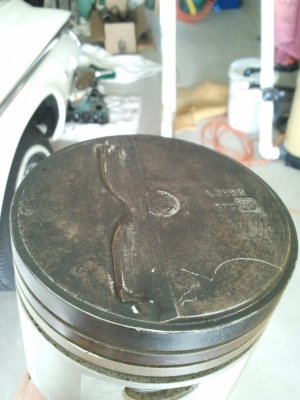RustyRatRod
Well-Known Member
The oil rings control oil, not the clearance. As long as oil ring tension is good, it won't use anymore oil than normal. ALL piston engines use a certain amount of oil to begin with. The rings simply minimize it. I actually prefer low tension rings....even on the street. You're not gonna see even a half quart loss from one oil change to another, yet the performance gain is worth it.

















